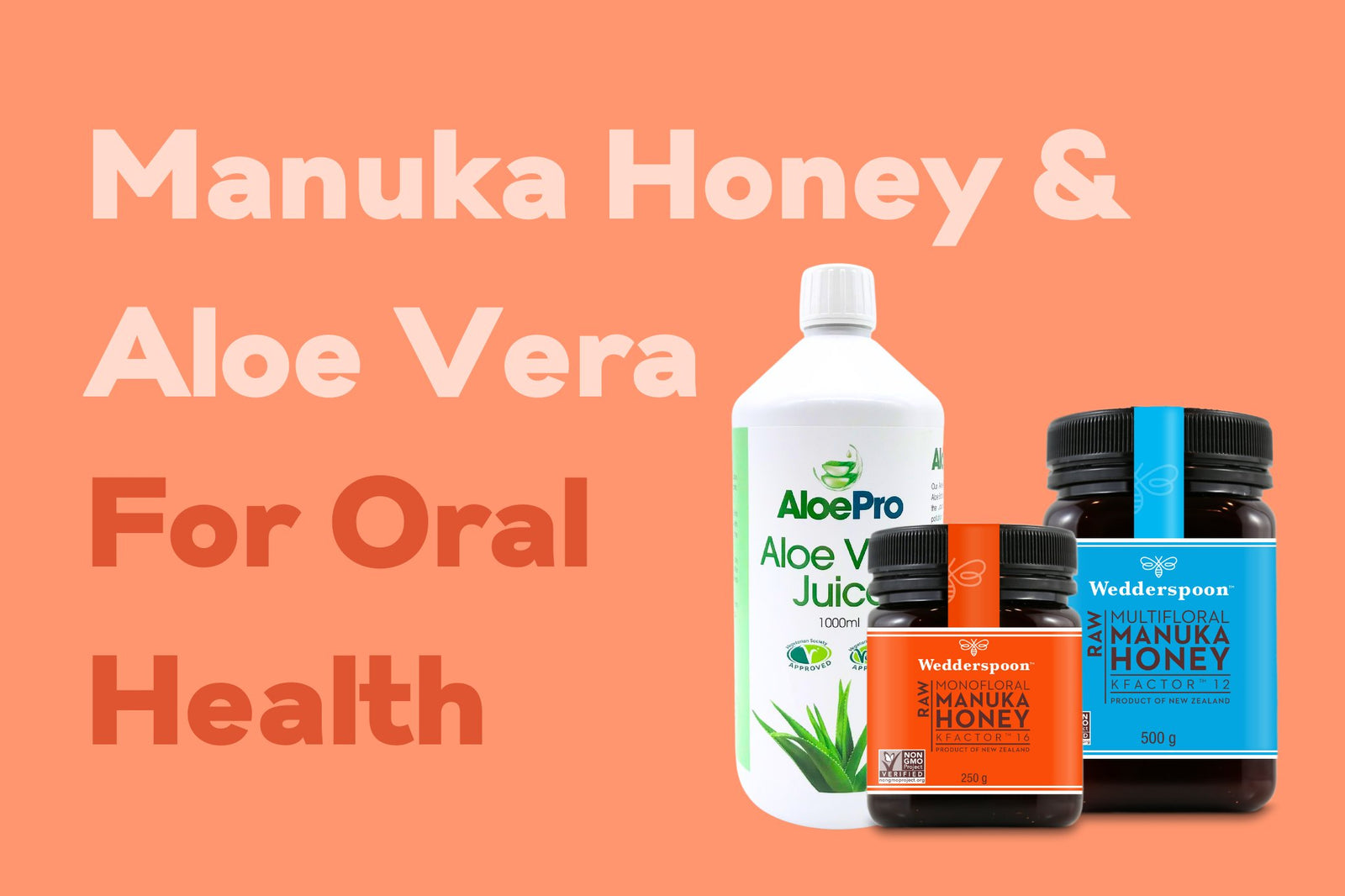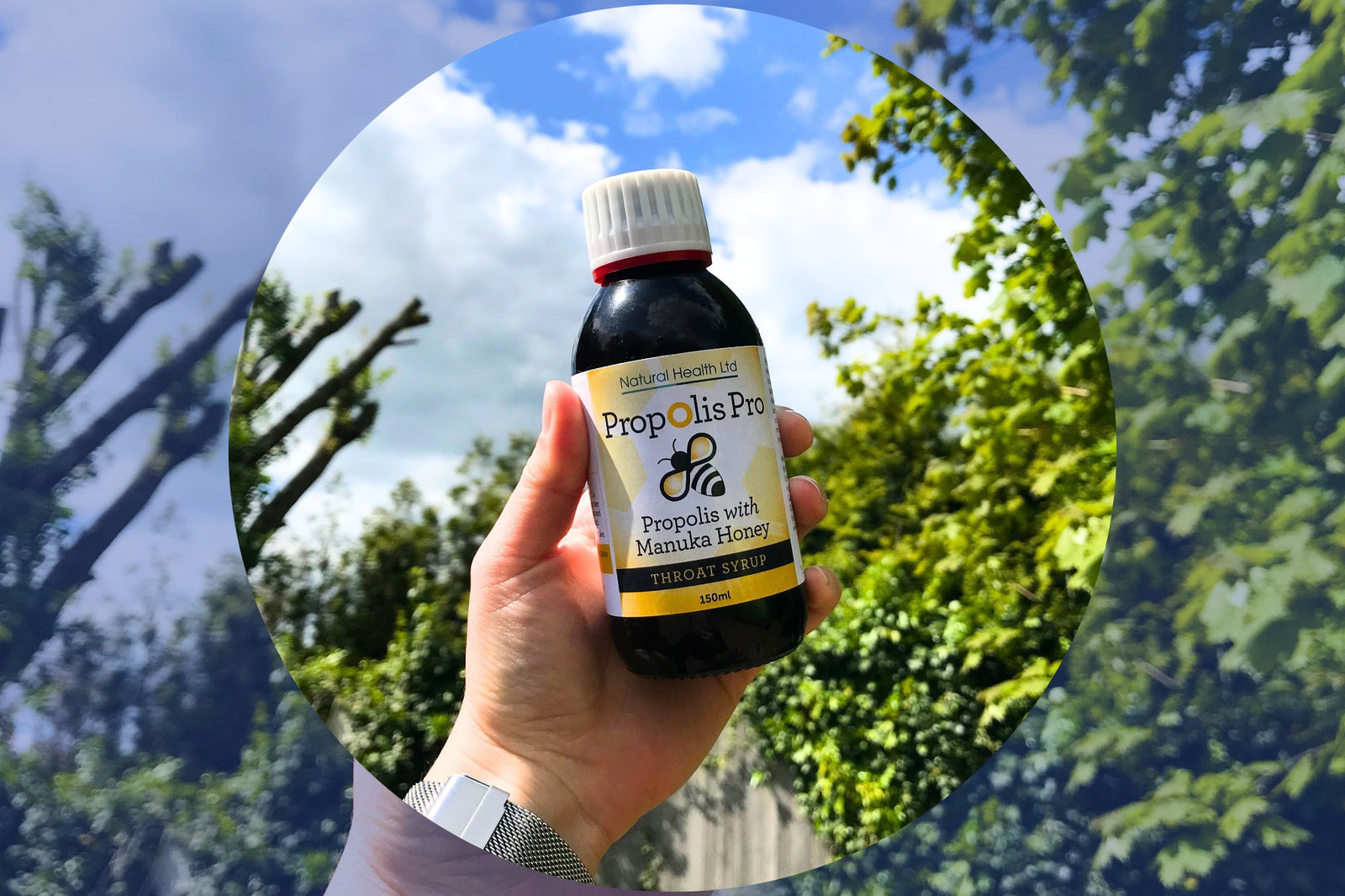Your Cart is Empty
Manuka Honey
Which MGO Manuka is best for my needs?
February 24, 2023 3 min read

As one of our best-selling brands, this week we are reviewing our Nelsons product range to help you decide which MGO Manuka Honey is best for your needs.
Manuka Honey
Manuka Honey is made in New Zealand by bees who pollinate the flower Leptospermum scoparium, commonly known as the Manuka bush. This type of honey isn’t only meant for eating but has medicinal properties, too. It contains an active ingredient called methylglyoxal (MGO), which gives the honey its unique antibacterial effects. MGO is what makes Manuka honey even more potent against bacteria than other types of honey. Manuka honey also has antiviral, anti-inflammatory and antioxidant benefits. It contains vitamins, minerals and amino acids, making it a very versatile therapeutic agent. Due to all these properties, Manuka honey has been used for wound healing, treating and preventing acne, soothing skin conditions like eczema and psoriasis, promoting oral health and improving digestive issues.
What is MGO and why is it important?

Methylglyoxal, also known as MGO, is an active ingredient that occurs naturally in Manuka honey and is responsible for its unique antibacterial activity. MGO spontaneously arises out of Dihydroxyacetone (DHA), a substance which is found in the nectar of the Manuka plant. Bees bring the nectar, which contains DHA and some small amounts of MGO to the hive, where the transformation of DHA into MGO slowly continues. The higher the methylglyoxal content of a manuka honey product, the stronger the antibacterial activity. Therefore, Manuka honey can be used to support your general wellbeing and used as part of a healthy diet.
The MGO Rating System
The MGO rating system was developed by Professor Thomas Henle and his team at the University of Dresden in 2008. It is a way of testing and certifying the amount of methylglyoxal (MGO) content in a manuka honey product. The number that follows ‘MGO’ refers to the amount of methylglyoxal in mg per kg of Manuka honey. For example, an MGO250+ manuka honey product is certified to contain at least 250mg of methylglyoxal per kilogram of honey. These tests are carried out by independent laboratories in both New Zealand and the UK.
Some of the most popular MGO strengths widely available are 30+, 100+, 250+, 400+ and 550+. The highest levels of MGO can be more than 1000 mg MGO per 1 kg of Manuka Honey. Manuka honey usually scales up in price the higher the MGO rating.
Our Nelson Honey range includes the following Manuka Honey strengths.
Which MGO is best for me?
There is not really one Manuka honey that is best for everyone.
The ideal strength of your MGO Manuka Honey will depend on what you want to use it for. Lower levels of MGO Manuka honey are recommended for general, daily use to support your wellbeing. Lower MGO levels are also recommended for non-medicinal uses that do not require meaningful levels of antibacterial activity, such as using honey as a sweetener, anti-aging beauty treatment, as a skin moisturizer or for soothing itchy or inflamed skin (eczema or bug bites).
Higher levels of MGO are recommended if you are susceptible to getting colds and need more support in your immune system. Higher levels are also recommended for medicinal uses, such as antiseptic for wounds and burns, treating acne, and improving digestive health. When you are looking to buy Manuka honey you may also consider the taste and cost. Lower MGO Manuka honey has the sweeter honey taste that we are all familiar with, while higher grade Manuka has a more medicinal, earthy taste. It is also not a secret that Manuka honey can be quite expensive when you get to higher strengths, which is why high strength honey is usually recommended for anyone with a weakened immune system who needs the extra support. Ultimately, you will have to balance the benefits you would like from the Manuka honey with your budget.
Nelson Manuka Honey
- Everyday Use – MGO 30+ and 100+ - A maintenance grade honey for those with a healthy immune system. It is recommended as an entry point Manuka honey for anyone who wants to take some prevention against infections. It should be taken every day to help keep your immune system topped up.
- Extra Support – MGO 200+ and 300+ - A higher-grade honey that can be taken every day. It is more commonly used during the winter months to help strengthen your immune system when it needs it most.
- Premium Support – MGO 550+ - Our new, highest-grade honey used to help strengthen your immune system when it needs it most. This high-grade honey can also be used for topical applications such as burns, ulcers or open wounds, and is especially recommended for those suffering from chronic issues.
Also in Blog
Nelson MGO Honey
Explore our exceptional range of Nelsons MGO Manuka Honey from New Zealand, with varying strengths from daily 30+ to premium 550+ MGO.
Subscribe
Sign up to get the latest on sales, new releases and more …



